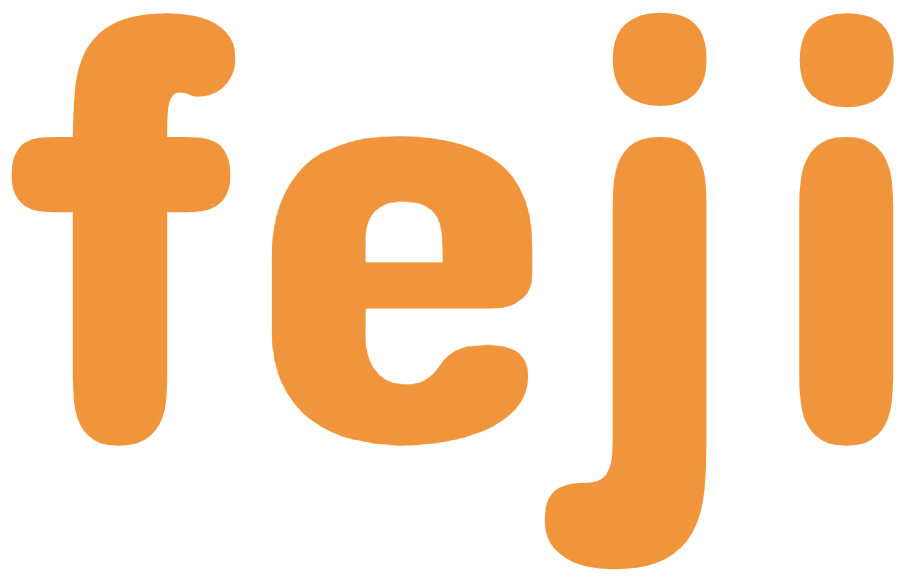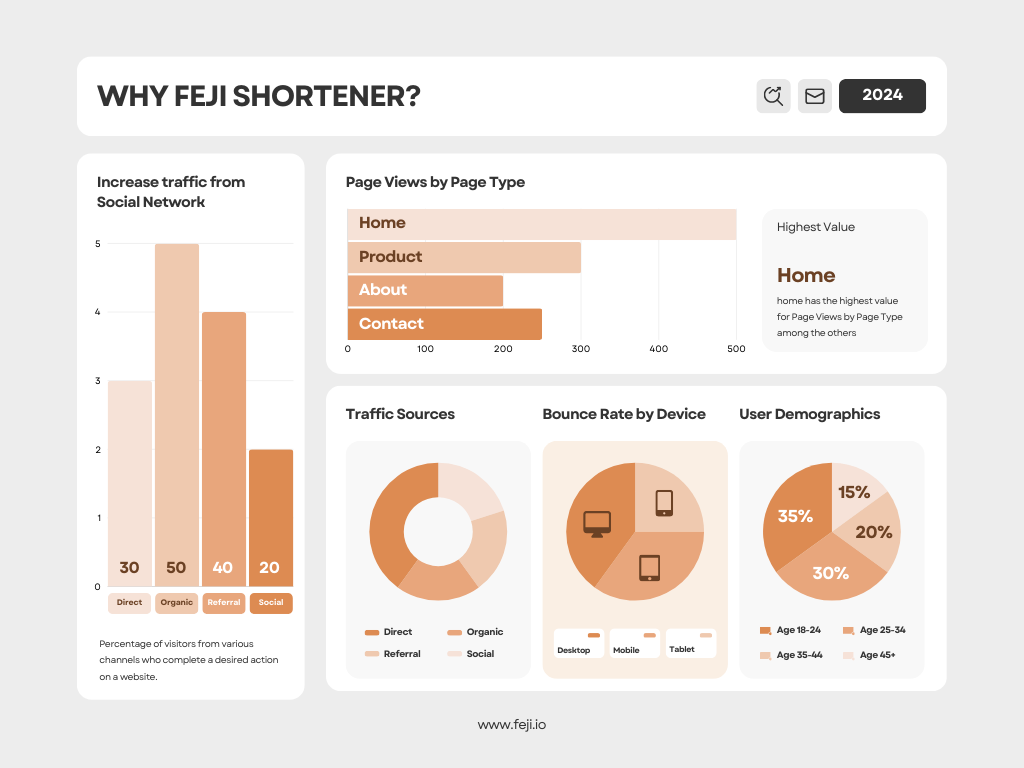Companies are constantly seeking ways to grow, boost profitability, and gain a competitive edge. Two effective strategies for expansion are horizontal integration and vertical integration. Both have helped major corporations dominate markets, enhance efficiency, and strengthen their value chains. But what do these strategies involve, and when should a business choose one over the other? Let’s explore horizontal vs vertical integration, examine their benefits and risks, and see how companies successfully apply these approaches.
What Is Horizontal Integration?
Horizontal integration refers to the process where a company expands by acquiring or merging with other companies at the same stage of the production process or within the same industry. The goal is to increase market share, reduce competition, and potentially benefit from economies of scale.
For example, imagine you own a bakery chain, and you decide to acquire or merge with another bakery in your city. You’re not adding a new layer to your production process—you’re simply expanding your footprint in the same space. This is the essence of horizontal integration: growing sideways within your existing market.
Benefits of Horizontal Integration
There are several key benefits to horizontal integration that make it an attractive option for many companies:
- Increased Market Share: By acquiring or merging with competitors, a company can capture a larger portion of the market, reducing competition and gaining more customers.
- Economies of Scale: Larger companies can often produce goods or services more efficiently, lowering their per-unit costs.
- Increased Bargaining Power: A larger company can negotiate better terms with suppliers, distributors, and other partners, leading to cost savings.
- Reduced Competition: By acquiring competitors, a company eliminates rival businesses, creating a less crowded marketplace.
Risks of Horizontal Integration
While horizontal integration offers several advantages, it’s not without its risks:
- Regulatory Scrutiny: Governments and regulatory bodies may intervene if they believe a merger or acquisition will lead to a monopoly or harm consumer choice.
- Cultural Conflicts: Merging with or acquiring another company means combining different cultures, which can create internal conflicts.
- Operational Complexity: Managing a larger, more complex organization can present challenges, especially if the merged companies have different systems or processes.
Example of Horizontal Integration
One classic example of successful horizontal integration is Facebook’s acquisition of Instagram in 2012. Both companies operated in the social media space, and by acquiring Instagram, Facebook increased its market share, captured a growing audience, and eliminated a potential competitor. This allowed Facebook to maintain dominance in the social media landscape.

What Is Vertical Integration?
Vertical integration, on the other hand, occurs when a company expands by acquiring or controlling different stages of its supply chain. This could involve acquiring suppliers, distributors, or other businesses that contribute to the production or distribution of the company’s products.
For instance, if you own a coffee shop chain, vertical integration would mean buying coffee farms (upstream integration) or purchasing the delivery services that bring coffee beans to your stores (downstream integration). Essentially, vertical integration allows a company to control more of the process, from production to distribution.
Benefits of Vertical Integration
Vertical integration offers several benefits, particularly for companies looking to gain greater control over their supply chains:
- Greater Control: By owning more of the supply chain, companies have more control over production, quality, and delivery times.
- Cost Reduction: Eliminating intermediaries or outsourcing can reduce costs and increase profit margins.
- Improved Coordination: With control over multiple stages of the supply chain, companies can better coordinate production and distribution, leading to increased efficiency.
- Market Barriers: Vertical integration can create barriers for new entrants into the market by making it difficult for competitors to access the supply chain.
Risks of Vertical Integration
Despite its advantages, vertical integration comes with some risks:
- High Upfront Costs: Acquiring suppliers or distributors can require significant capital investment.
- Reduced Flexibility: A vertically integrated company may be less adaptable to changes in the market since it relies heavily on its own supply chain.
- Overextension: Managing different stages of production and distribution can lead to operational inefficiencies if a company overextends itself.
Example of Vertical Integration
Amazon’s acquisition of Whole Foods in 2017 is a prime example of vertical integration. By purchasing a grocery chain, Amazon gained control over a key distribution channel, allowing it to expand its grocery delivery services and improve its logistics network. This vertical integration also gave Amazon a direct retail presence, enhancing its overall business model.
Combining Horizontal and Vertical Integration
By combining both strategies, a business can enjoy the best of both worlds:
- Increased Market Dominance: Through horizontal integration, the company can dominate the market by absorbing competitors.
- Supply Chain Control: Through vertical integration, the company can reduce costs, improve coordination, and ensure product quality by owning suppliers and distributors.
- Efficiency and Profitability: Merging both strategies leads to improved operational efficiency and reduced dependency on third-party suppliers or distributors, resulting in higher profit margins.
Example: Amazon is a prime example of a company that successfully combines both horizontal and vertical integration. It horizontally expanded by acquiring e-commerce competitors and vertically integrated by controlling its delivery logistics (Amazon Logistics), cloud services (AWS), and even owning physical stores (Whole Foods).
Horizontal vs Vertical Integration: Key Differences
While both strategies aim to grow a company, the fundamental difference between horizontal and vertical integration lies in how they approach expansion. Horizontal integration focuses on increasing market share by acquiring competitors or similar companies within the same industry. Vertical integration, however, seeks to control more of the supply chain, from production to distribution.
Impact on Business Operations
In terms of operations, horizontal integration typically leads to larger, more consolidated companies that dominate their industry. This can result in cost savings and increased efficiencies, but it can also create operational complexities. On the other hand, vertical integration gives companies more control over their supply chain, which can lead to better coordination and reduced costs, but also introduces challenges related to managing more diverse business functions.
Market Influence and Competitive Advantage
Horizontal integration can result in market dominance by eliminating competitors and creating larger, more powerful entities. Vertical integration, meanwhile, can provide companies with a competitive advantage by controlling supply chains and reducing dependence on external partners.

When to Choose Horizontal or Vertical Integration?
- Horizontal integration is most beneficial when a company wants to expand its market share and eliminate competition. It’s particularly useful in industries with a high number of competitors, where consolidation can lead to significant advantages in pricing and market control.
- Vertical integration is best suited for companies that want more control over their supply chain and production process. It’s especially effective when companies are heavily reliant on suppliers or distributors and want to improve efficiency, reduce costs, or safeguard against supply chain disruptions.
In the debate of horizontal vs vertical integration, both strategies offer distinct advantages depending on the company’s goals. Horizontal integration allows businesses to grow within their industry, gaining more market share and reducing competition. Vertical integration, on the other hand, provides greater control over the supply chain and can lead to cost savings and operational efficiencies. By understanding the differences and considering the benefits and risks, businesses can choose the right strategy to fuel their growth and success.
FAQs
-
What is the main difference between horizontal and vertical integration?
Horizontal integration focuses on expanding within the same industry, while vertical integration involves controlling more stages of the supply chain. -
Which companies use horizontal integration?
Companies like Facebook and Disney have used horizontal integration to acquire competitors and increase their market share. -
What are the risks of vertical integration?
Vertical integration can be costly to implement, and it can reduce flexibility by making companies reliant on their own supply chains. -
Is horizontal integration always beneficial?
Not necessarily. While it can increase market share, it may face regulatory hurdles and lead to internal conflicts when merging different corporate cultures. -
When should a company consider vertical integration?
Vertical integration is useful when a company wants more control over production, reduceown supply chains. -
When should a company consider vertical integration?
Vertical integration is useful when a company wants more control over production, reduce costs, or protect itself from disruptions in the supply chain.

 Vietnamese
Vietnamese









Nguyen Hoai Thanh
Nguyen Hoai Thanh is the Founder and CEO of Metaconex. With 12 years of experience in developing websites, applications and digital media, Nguyen Hoai Thanh has many stories and experiences of success to share.